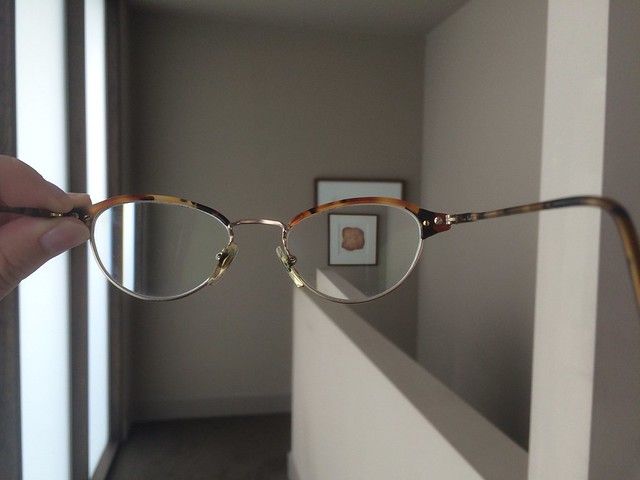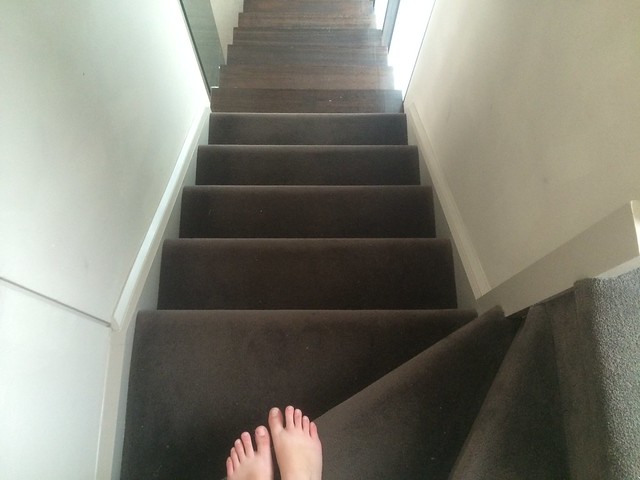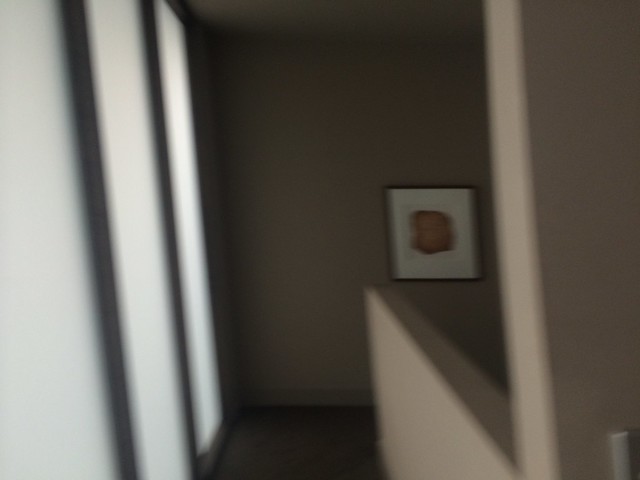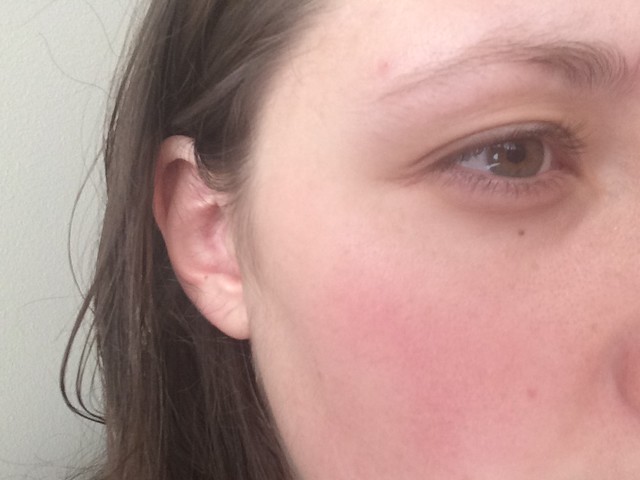project brief no. 2 from Ellie Jamonts on Vimeo.
Overall, I found this second project brief to be equally satisfying and frustrating.
I’ve had very limited experience with editing and seeing my project come together was very rewarding. I didn’t go in with a particular aim – I knew I wanted to talk about my ridiculous attention span and I knew I wanted to take videos in the city at night, but wasn’t sure how those would work with the project brief. I’m happy with the result, though I can see acres for improvement, and believe I’ve met the criteria.
My main concern, which is a strange thing to admit on a self-portrait, is that this is too much about me. I chose to record myself speaking because I didn’t want to be too abstract – particularly since the video largely is – but I worry the sections I chose present me in the wrong light. It wasn’t my intention to come across with a sort of ‘special snowflake’ complex. My aim was to describe the world I’ve constructed for myself – I believe everyone has their own interpretation, shaped by their beliefs, temperament and memories. It might just be me trying to please everyone but it does concern me that my project might be interpreted as overly narcissistic.
The decision to leave the section with the tram journey without a voice-over is one I’m glad I made. There was so much I wanted to say (much more than I could in a minute) but I think forcing myself to leave this space empty, in a sense, gives my piece breathing room. Leaving in my original audio choice would have given a more cluttered effect overall and, even if it had remained, wouldn’t have said everything I wanted to anyway.
I felt that my inexperience with my editing program (iMovie) and editing in general led to most of my frustration. There are moments in my piece that can only be described as ‘clunky’ and I didn’t have the skills to smooth them out. I think this can only be solved through practice and familiarisation.







